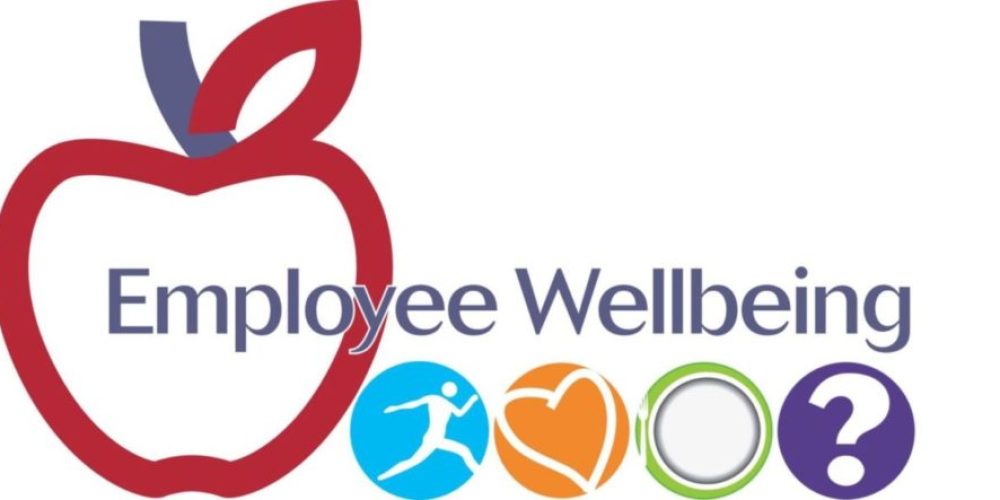For most us, our lives are made up mostly of work.
Companies are learning that acknowledging – rather than denying – this fact is not just the right thing to do, but also a sound business decision.
In a recent interview, ‘Life is Good’ founder Bert Jacobs emphasized that focusing on things like employee wellbeing has an often under-acknowledged business benefit for organizations.
The National Wellness Institute defines ‘wellness’ as an active process through which people become aware of, and make choices toward a more healthy and successful life.
According to Jacobs, focusing on employee wellbeing and purpose is “a smart strategy for building a strong business….The organization only hurts themselves if they’re not working in the best interest of everybody at their organization.” Why is this the case? Employee wellbeing is linked to employee engagement and productivity, and your organization becomes stronger across the board when you make it a priority.
Your company isn’t the product you make, your intellectual property, your patents, or even the customers you serve. First and foremost, your company is your people. (Literally. The word “company” comes from the military, and simply refers to a body of soldiers.)
“Employee happiness,” “employee engagement,” and “employee wellbeing” are terms that often thrown around interchangeably. While they’re all related, they mean different things and imply different strategies.
What’s the difference?
Specifically, employee wellbeing is about how your job – your duties, expectations, stress level, and environment – affects your overall health and happiness. And while it certainly includes things like exercise and nutrition, well-being isn’t just about physical health. It’s about mood and cognition, and less tangible factors like a sense of purpose. Above all, it’s about understanding your employees from a holistic perspective, taking into account the totality of their lives, and considering their overall quality of life.
What does research say?
A Swedish study published in the Journal of Occupational and Environmental Medicine concluded that workers who exercised reported having a greater capacity for work, greater productivity, and were sick less often.
The World Health Organization estimates over 350 million people afflicted with depression, making it the leading cause of disability worldwide. Depression is also linked with unhealthy stress – and health care expenditures are nearly 50% greater for workers who report high levels of stress.
A CareerBuilder.com survey found the top 2 most-requested employee perks were half-day Fridays, and an on-site fitness center. That tells us loud and clear that employees are extremely concerned with their health and their everyday quality of life. More than fancy titles or big offices, they truly seem to want support for a flexible and healthy lifestyle.
Rosemary Hefner, vice president of HR at CareerBuilder, says, “Being compensated well will always be a top consideration, but we’re seeing:
- work-life balance,
- telecommuting options and
- learning opportunities
Outweigh other job factors when an employee decides whether to stay with an organization.”
Given the evidence, it’s clear that the physical fitness and mental state of workers has a huge impact on the health and productivity of a business as a whole. What might not be as immediately obvious is the role those things play in employee retention.
Further research results
Highly engaged employees are:
- 2.5 times more likely to stay at work late if something needs to be done after the normal workday ends
- more than twice as likely to help someone at work even if they don’t ask for help
- more than three times as likely to do something good for the company that is not expected of them
Employees who are Engaged and have high Well-Being are:
- 42% more likely to evaluate their overall lives highly
- 27% more likely to report “excellent” performance in their own job at work
- 27% more likely to report “excellent” performance by their organization
- 45% more likely to report high levels of adaptability in the presence of change
- Companies with engaged employees see 233% greater customer loyalty and a 26% greater annual increase in revenue (Aberdeen)
What about actively Disengaged Employess?
- Actively disengaged workers are nearly twice as likely as engaged workers to have been diagnosed with depression (Gallup)
- Depression and anxiety lead to 15 billion lost days of work every year, at an estimated annual cost of US $1.15 trillion (World Health Organization)


